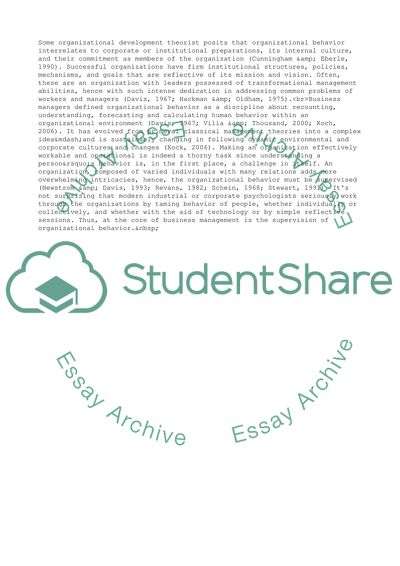Cite this document
(Analysis of a Performance Problem that Involves Issues in Term Paper, n.d.)
Analysis of a Performance Problem that Involves Issues in Term Paper. Retrieved from https://studentshare.org/management/1761243-analyze-a-preformance-problem-that-involves-issues-in-organizational-behavior
Analysis of a Performance Problem that Involves Issues in Term Paper. Retrieved from https://studentshare.org/management/1761243-analyze-a-preformance-problem-that-involves-issues-in-organizational-behavior
(Analysis of a Performance Problem That Involves Issues in Term Paper)
Analysis of a Performance Problem That Involves Issues in Term Paper. https://studentshare.org/management/1761243-analyze-a-preformance-problem-that-involves-issues-in-organizational-behavior.
Analysis of a Performance Problem That Involves Issues in Term Paper. https://studentshare.org/management/1761243-analyze-a-preformance-problem-that-involves-issues-in-organizational-behavior.
“Analysis of a Performance Problem That Involves Issues in Term Paper”, n.d. https://studentshare.org/management/1761243-analyze-a-preformance-problem-that-involves-issues-in-organizational-behavior.


